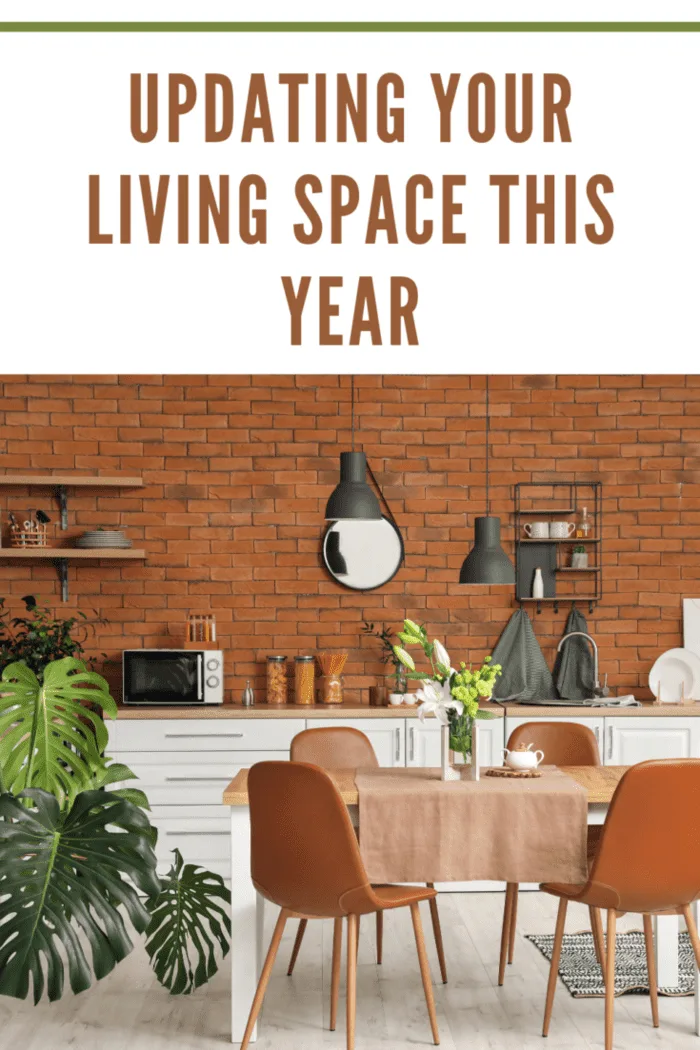Your home environment has a major impact on your mood and levels of stress, and therefore, your mental health writes Very Well Mind. Licensed psychotherapist April Snow states that your home’s colors, lighting, temperature, smells, and sounds affect your level of comfort, relaxation, and safety. Clutter, harsh lights, and noise can be overwhelming and cause anxiety, but a neat environment creates calm.
An environment that is dark and cold can decrease motivation. Seasonal affective disorder (SAD) is a variant of depression that occurs during the cold late fall and winter months when days are shorter and nights are longer. Dr. Rachelle Scott, medical director of psychiatry at Eden Health, notes that good lighting can lift depression and anxiety and is part of SAD treatment.
Dr. Scott states that pollution in the household, such as mold, can also harm mental health. According to the National Counselling Society (NCS), children who grow up in a home environment with “dirty air” are four times more likely to develop depression disorder when they are older.

Quality of Air
You cannot see the air in your home, but improving this must be your priority more than any aesthetic changes. Check if there are any materials used in the building, built-in fittings, or furniture that have toxic emissions. You must remove these immediately and replace them with safe alternatives.
Your air conditioner has an air filtering function, but you must clean it regularly to run efficiently. According to the United States Environmental Protection Agency (EPA), if you want to filter viruses, get an air purifier suited to the size of the room it will be in and has a manufacturer’s indication that it removes particles sized 0.1 to 1 um shares EPA.
EPA emphasizes that an air purifier alone does not provide enough protection against Covid-19, so when people who are not from the same household are in a room, they must still comply with physical distancing and mask-wearing. If only household members are in the house, everyone must still comply with frequent handwashing.
Grow indoor plants in every room of the house because they help filter toxins while transforming the carbon dioxide you exhale into oxygen. Research to determine what plants need direct sunlight from a window and what plants can thrive with indirect sunlight. Having plants in your indoor space can make you feel like you are outdoors. Studies show that being amid nature boosts mood. Plants also provide beautiful accents to interiors.
Keep your home clean, unclog drains, and empty trash bins regularly to avoid the buildup of bad odors. Install an exhaust fan in the kitchen to expel smoke and cooking smells. Ensure that you can keep your air temperature adjusted to your preferences in summer and winter by maintaining your air conditioning and heating systems. Whenever the weather allows it, though, air out your home.
Pleasant Color Palettes
Neutral walls are always calming and provide a complementary backdrop to plants. Painting your walls is a quick and affordable way to update the look of your entire house. If you need your space to look bigger, paint your walls and cabinets the same color. Paint your ceiling lighter so it will seem higher.
If you want some of your rooms to have a different personality, you can use wallpaper. There are now easy-peel-off types that offer convenience when you want to change the look again. Even when choosing patterned wallpaper, opt for relaxing colors. Natural materials, such as stone, brick, and wood, also evoke a natural environment and make good wall accents in rooms. If you do not have these in your home, you can still create the look by using peel-and-stick faux brick wall panels or faux wood panels says ninthandvine.com.
To add further interest to your color scheme, you can add complementary or contrasting colors through soft furnishings like sofa covers, throw pillows, sofa throws, and bed linen. Stay with soothing colors even if they are in contrast with your walls.

Natural and Artificial Light
A home must have as much natural light as possible. Do not obstruct your windows. Invest instead in window glass films that allow natural light and enable you to keep both your view and privacy by having high exterior reflectivity.
This technology keeps the heat out in summer and the cold out in winter, resulting in savings on your energy bill. It also blocks a significant amount of harmful UV rays that cause fading of wooden flooring and furniture, and fabric.
While you cannot completely avoid using artificial lighting, use LED lights that mimic natural daylight. When it is bedtime, though, make sure all the lights are off so that you can get better sleep.
More Breathing Space
Feeling cramped creates emotional stress, but you can increase your living space even without building additional rooms. By simply decluttering and decreasing the number of things you have in your home, you create more elbow room. Do a ruthless streamlining and narrow down your belongings to necessities and meaningful objects you cannot live without.
This also makes it easier to keep your home always tidy. Getting rid of unnecessary things in your closets and cabinets makes room to keep many objects out of sight until you need to use them. An orderly space gives a peaceful vibe.
With a few easy changes, you can make your home’s interiors feel more comforting this year. Having a new look in your living space helps create a more positive mindset. Furthermore, these updates increase the value of your home, benefiting you in the long term.
